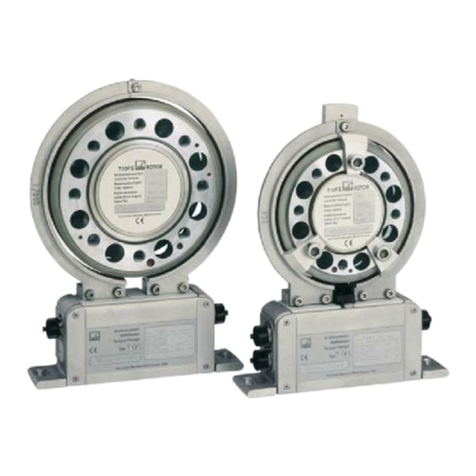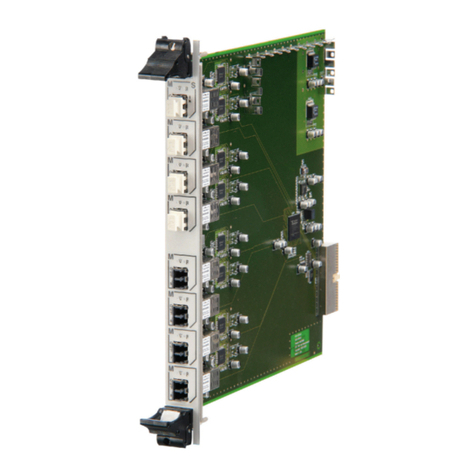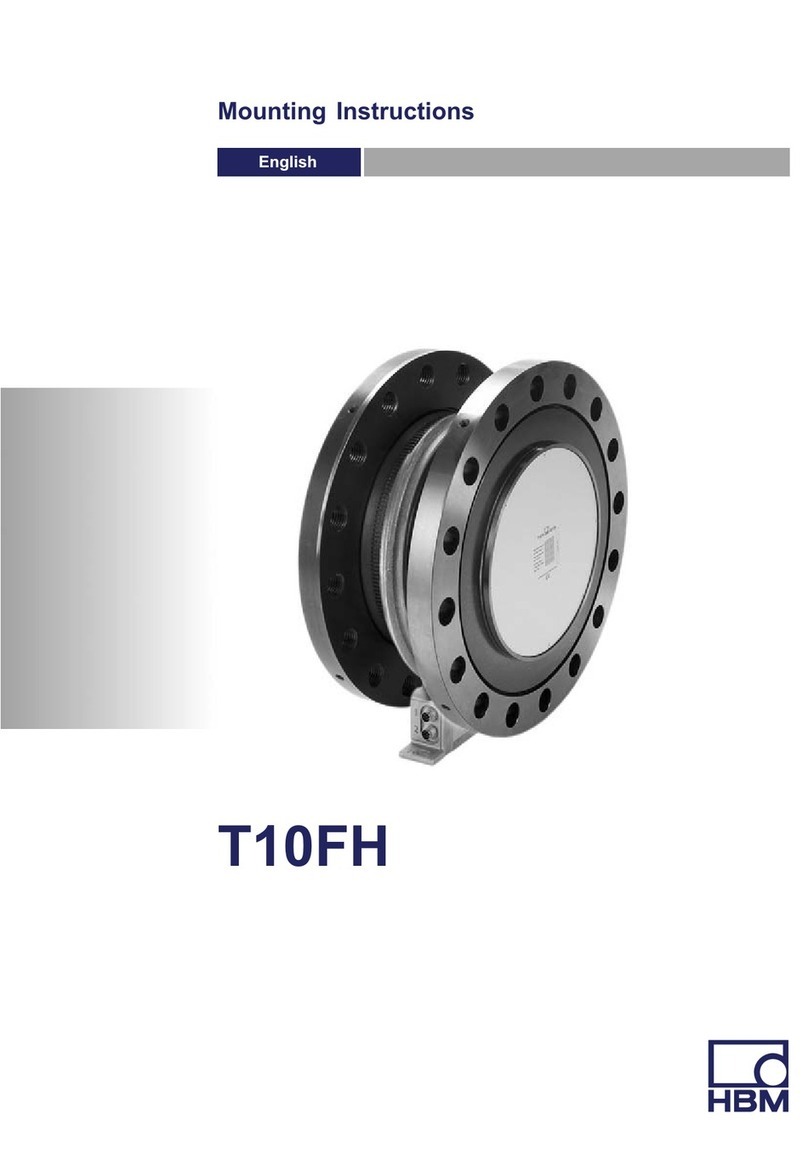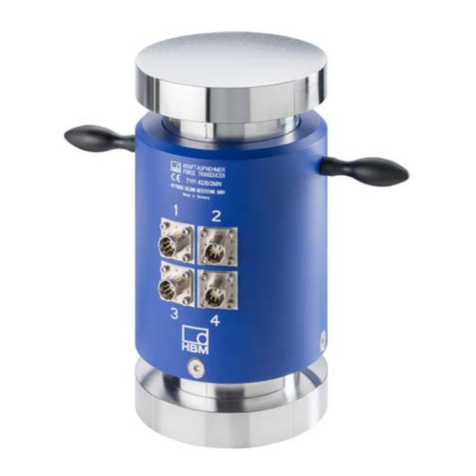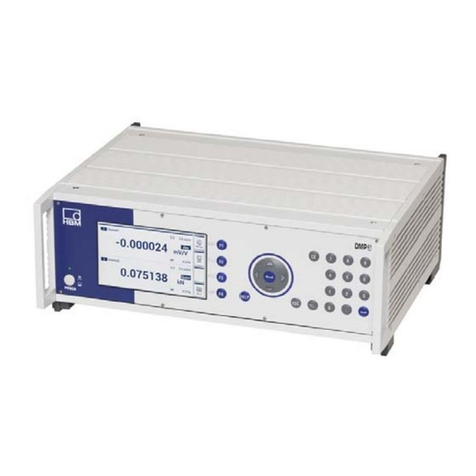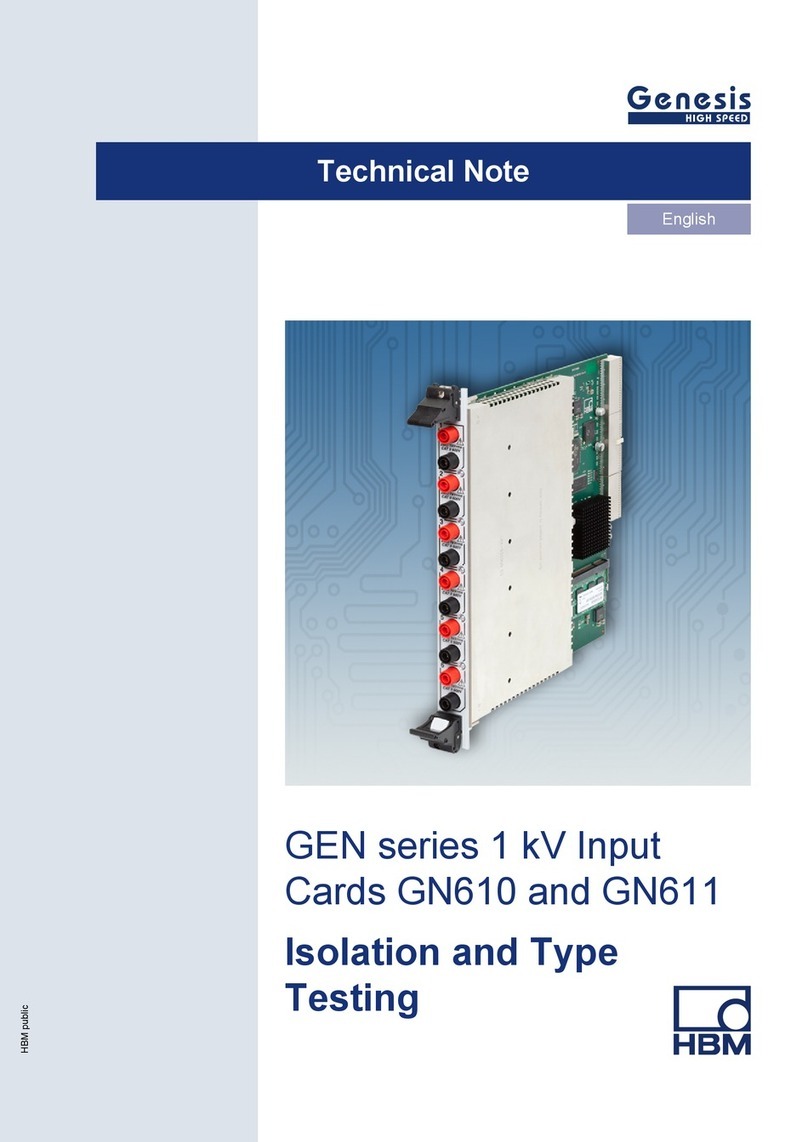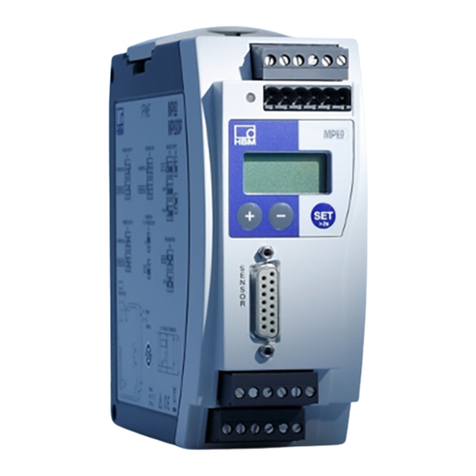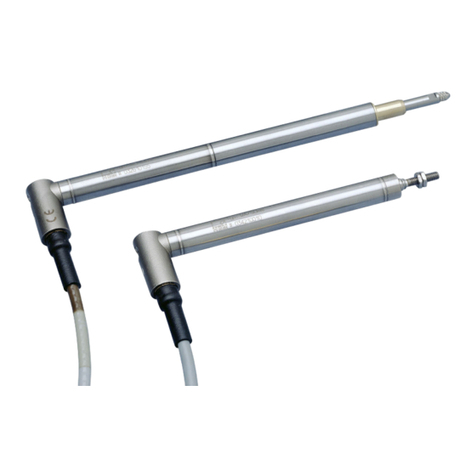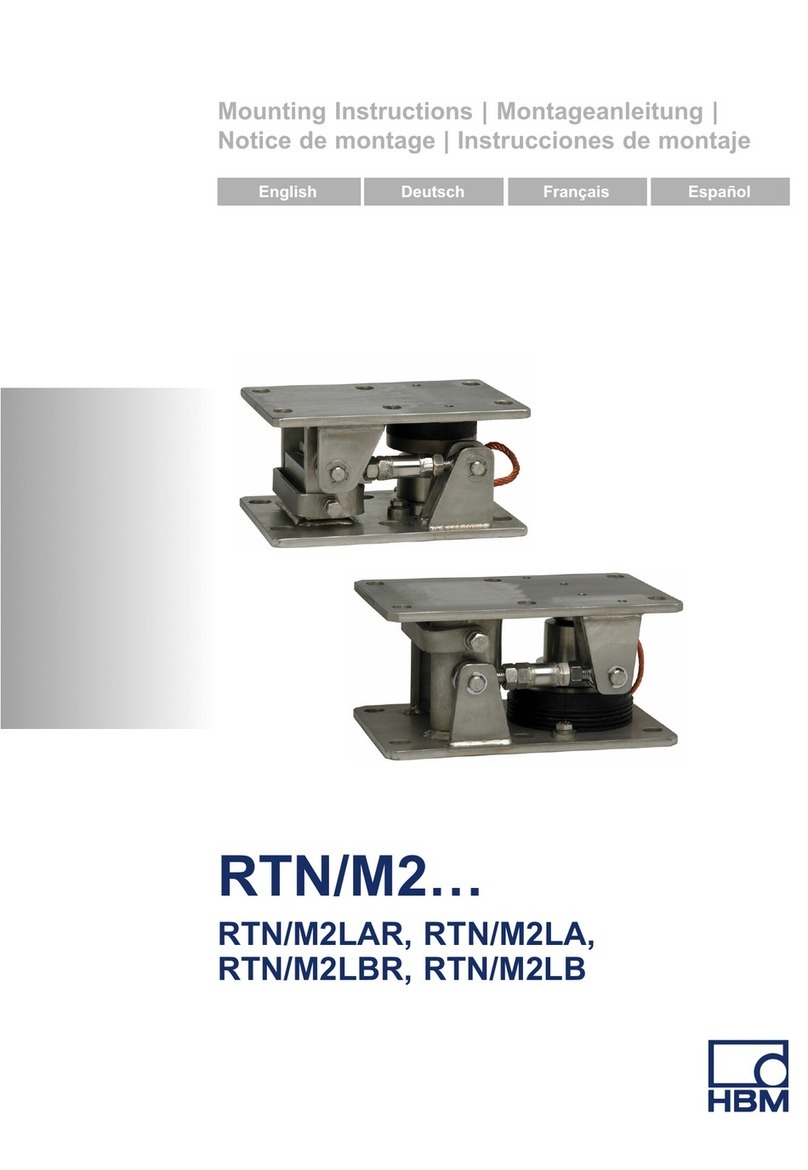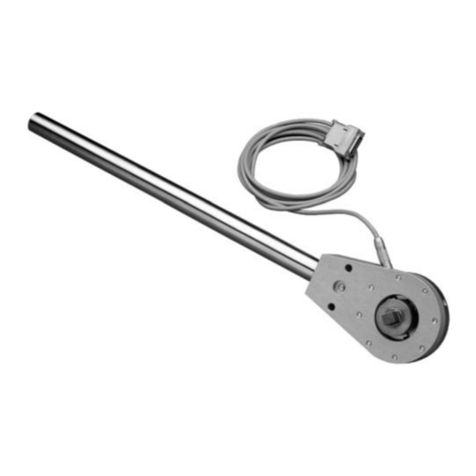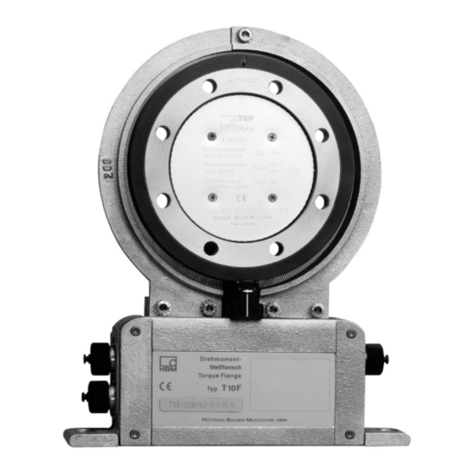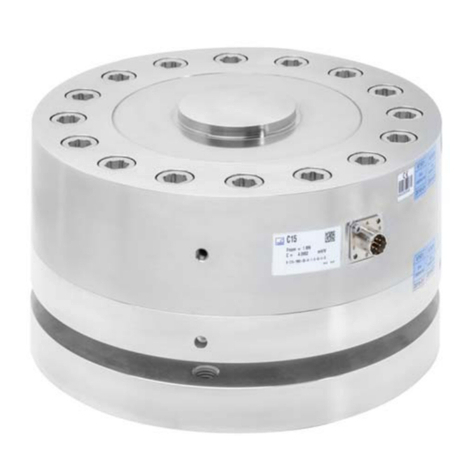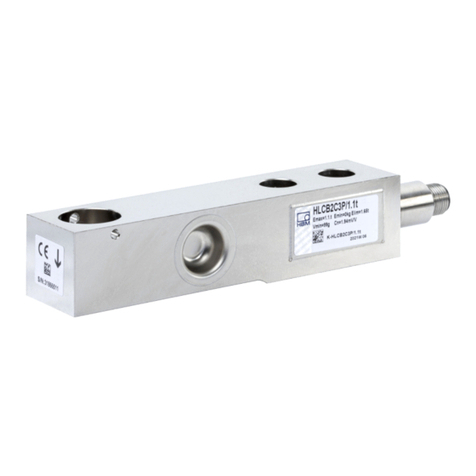
4BU18
HBM A2306−1.3 en/de
Safety instructions
ATTENTION
Before using the build−up system, it is essential to also read and
understand the Mounting Instructions for the C18 force transducer. This
is included in the scope of supply.
Intended use
The BU18 build-up system must only be used for the accurate measurement of
compressive force. Use for any additional purpose shall be deemed to be not
as intended.
In the interests of safety, the transducer should only be operated as described
in the Mounting Instructions. It is also essential to comply with the legal and
safety requirements for the application concerned during use. The same applies
to the use of accessories.
The transducer is not a safety element within the meaning of its use as
intended. For safe and trouble−free operation, this transducer must not only be
correctly transported, stored, sited and mounted but must also be carefully
operated and maintained.
General dangers of failing to follow the safety instructions
The BU18 build-up system is a state of the art unit and as such is failsafe. The
build-up system may give rise to remaining dangers if it is inappropriately
installed and operated by untrained personnel.
Any person instructed to carry out installation, commissioning, maintenance or
repair of the build-up system must have read and understood the Mounting
Instructions and in particular the technical safety instructions.
Remaining dangers
The scope of supply and performance of the build-up system covers only a
small area of force measurement technology. In addition, equipment planners,
installers and operators should plan, implement and respond to the safety
engineering considerations of force measurement technology in such a way as
to minimize remaining dangers. Prevailing regulations must be complied with at
all times. There must be reference to the remaining dangers associated with
force measurement technology.












